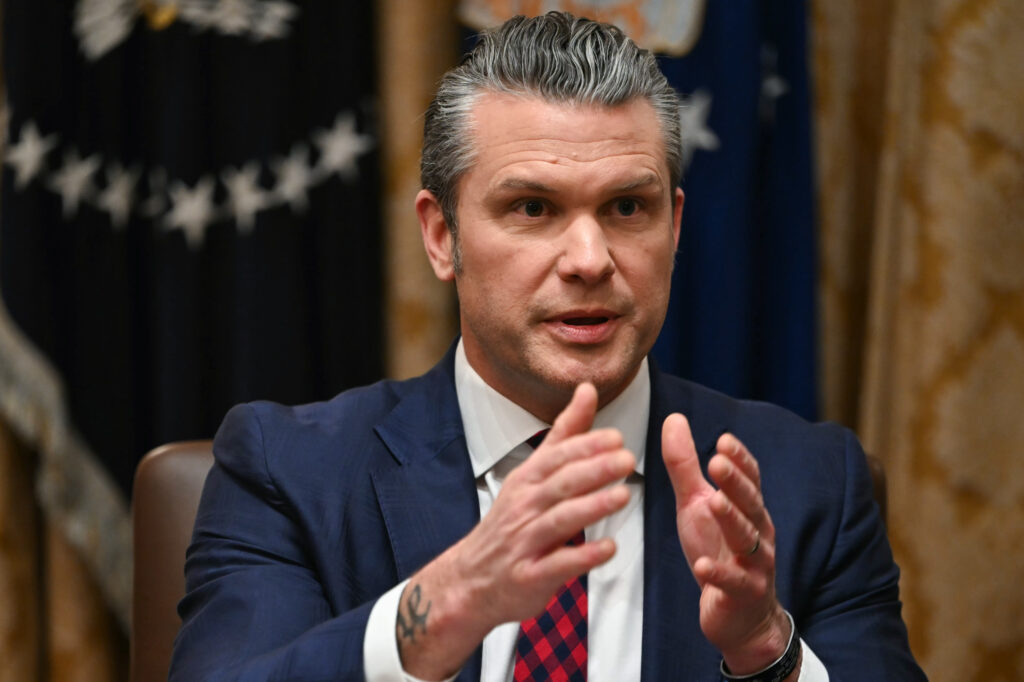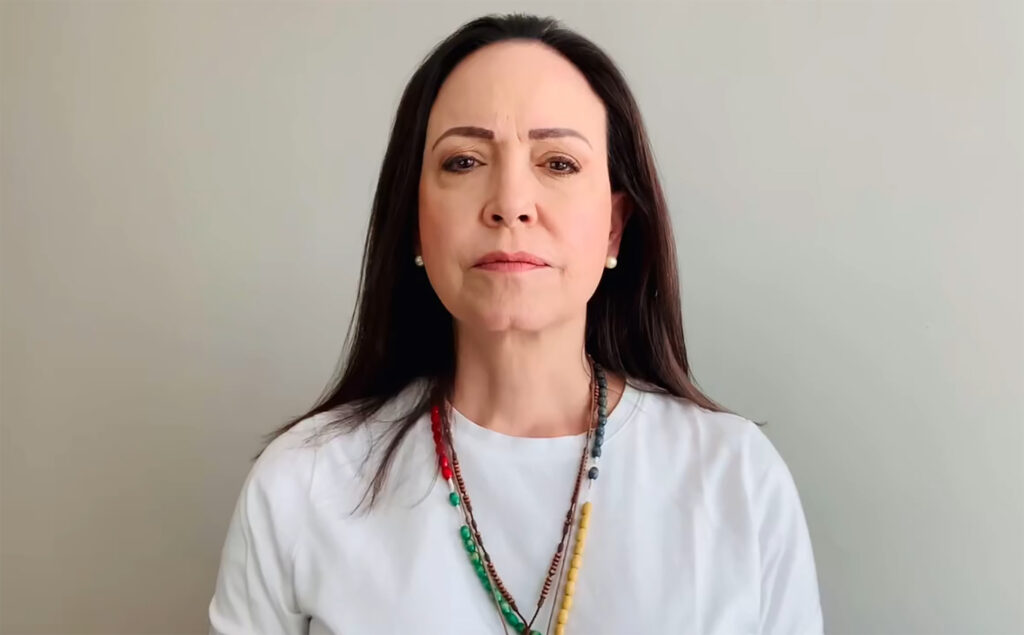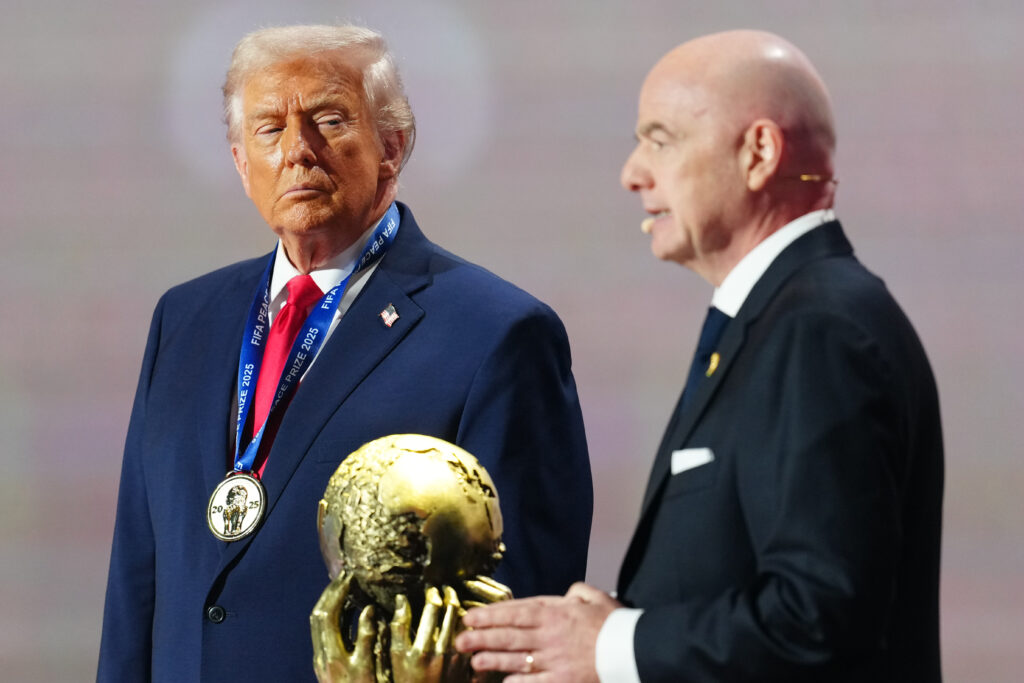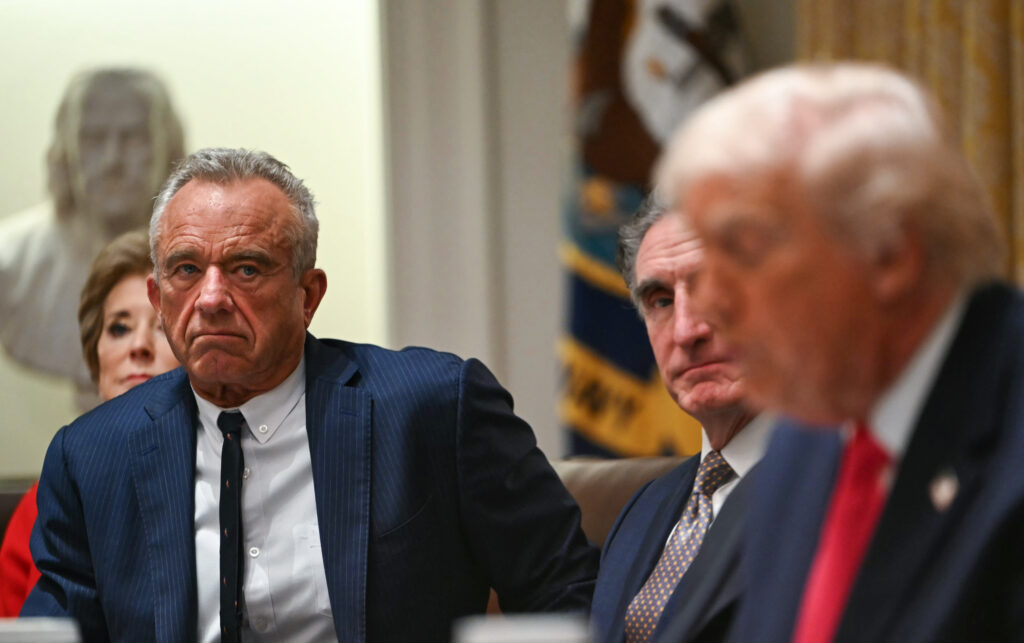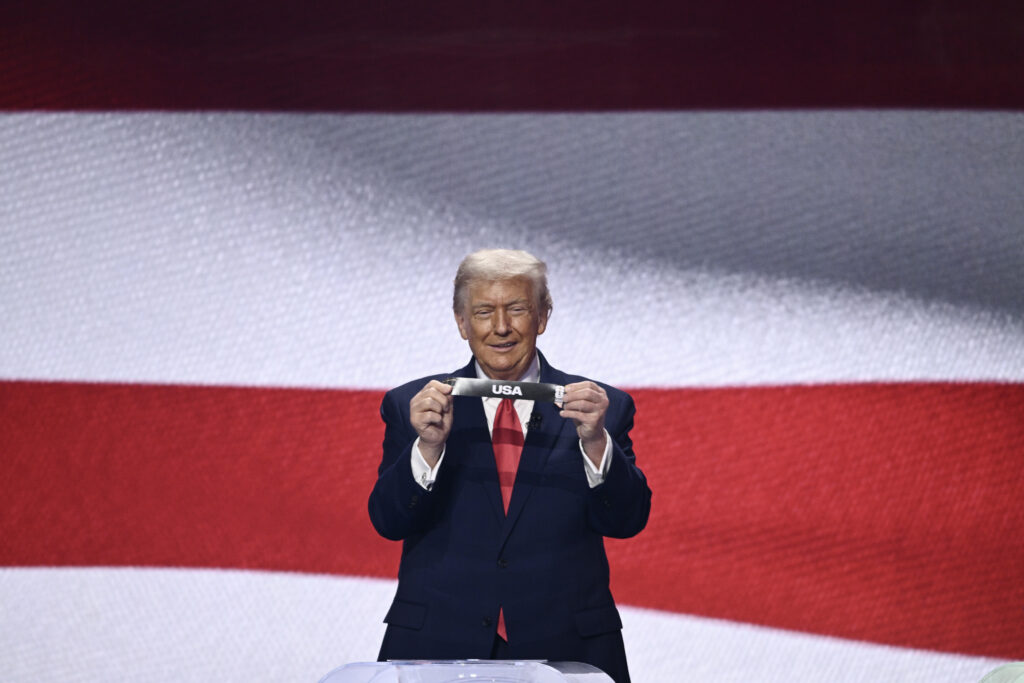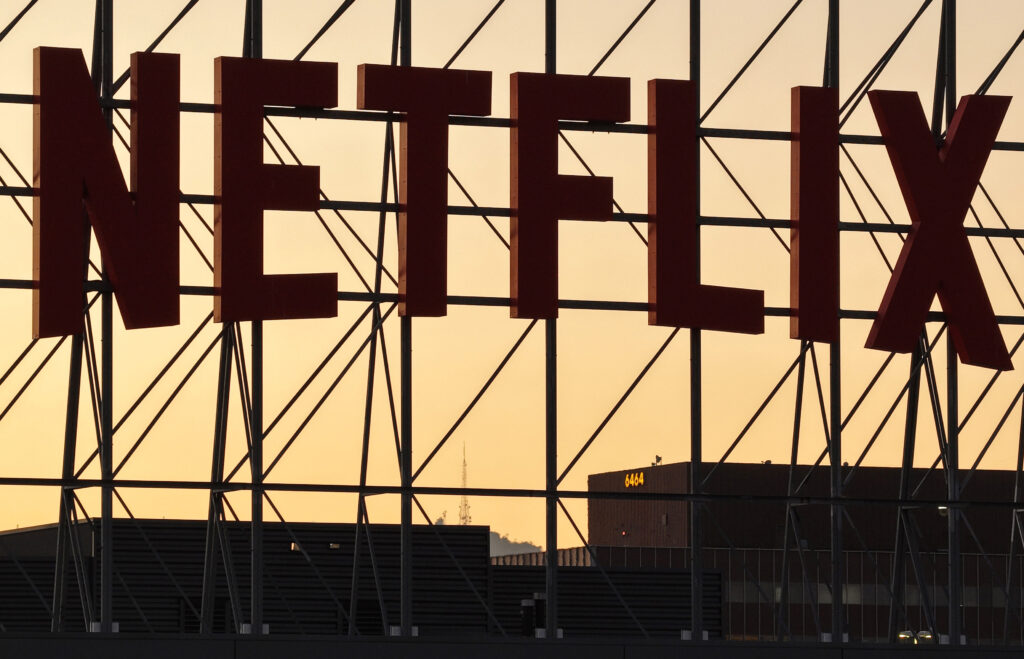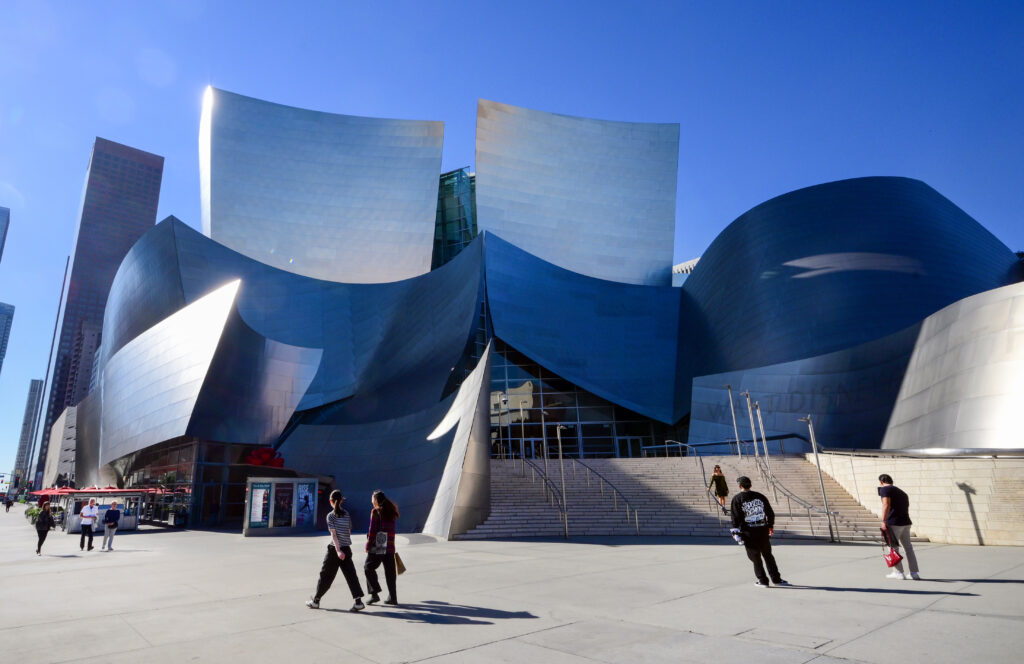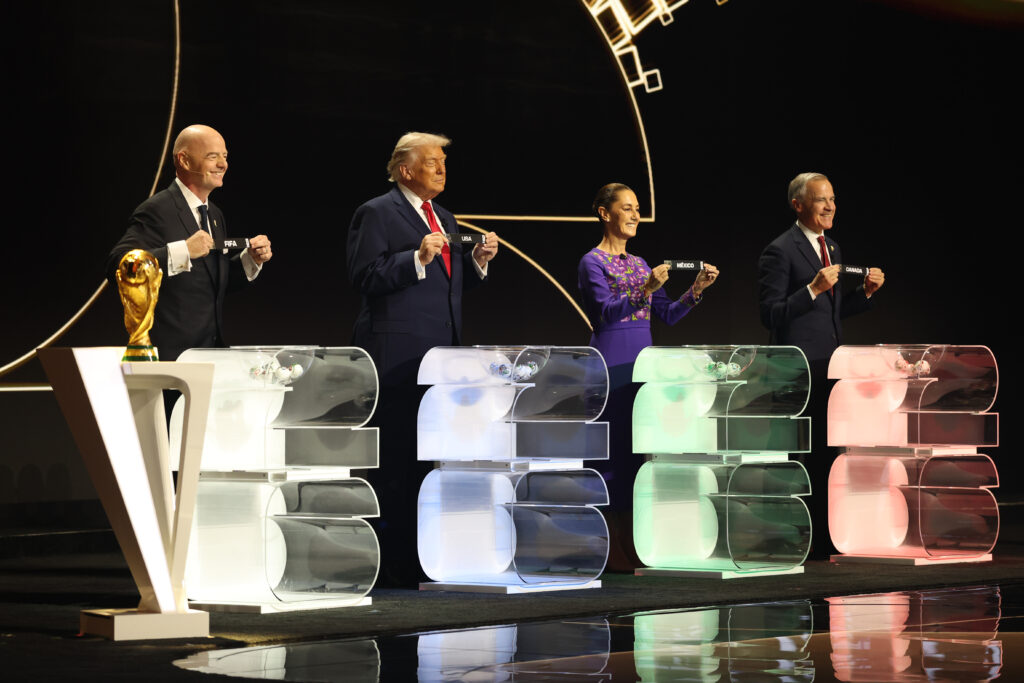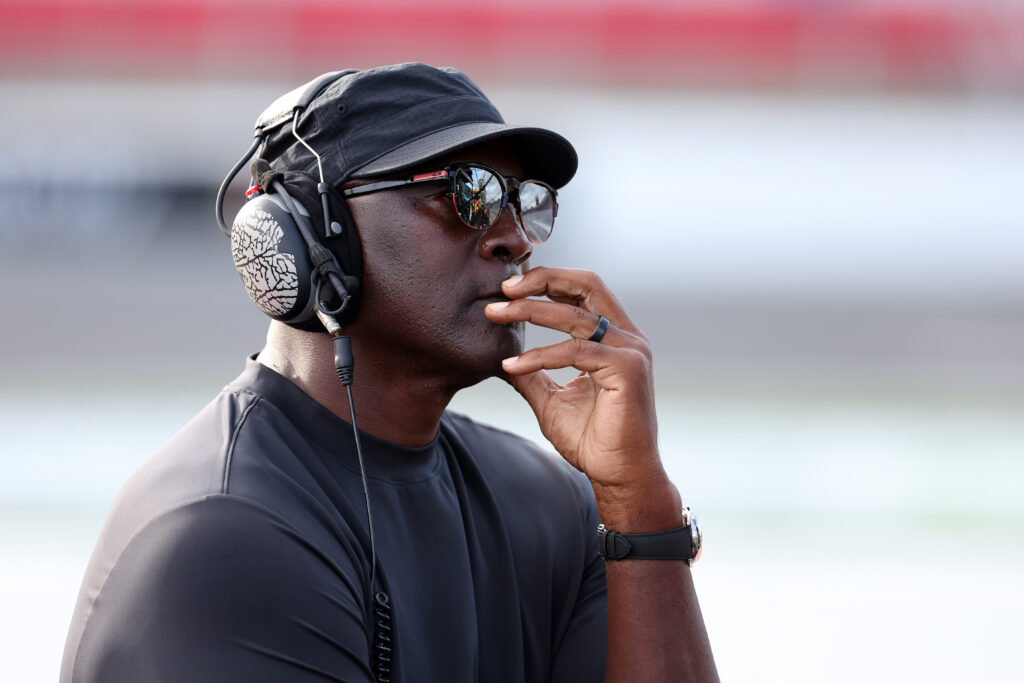Trump’s Pentagon chief under fire as scandals mount
US Defense Secretary Pete Hegseth is under mounting pressure from scandals surrounding strikes on alleged drug boats and his use of Signal to discuss sensitive military information, sparking growing criticism and calls for him to quit.Hegseth — a former Army National Guard major who went from Fox News co-host to leader of the world’s most powerful military — is no stranger to controversy and was only narrowly confirmed by the Senate earlier this year.The strikes on alleged narcotics smugglers — especially an incident in which survivors of an initial attack were subsequently killed — and his use of commercial messaging app Signal to talk about an impending operation in Yemen, have fueled further opposition to Hegseth.”He’s in another difficult position. In fact, his two big problems have now merged,” said Mark Cancian, a retired US Marine colonel and senior advisor at the Center for Strategic and International Studies.”But he seems to retain (US President Donald) Trump’s confidence, even as he’s lost support of some Republicans. So I don’t think he’s in… (a) fatal situation,” Cancian said.Jim Townsend, former deputy assistant secretary of defense for European and NATO policy during the Obama administration, said Hegseth is “on thin ice,” and that Trump has “a secretary of defense that is giving him lots of headaches.”Townsend agreed that Hegseth is unlikely to be fired immediately, but said if something happens that “really riles up the Republican Party” or embarrasses Trump’s Make America Great Again movement, “they’ll probably try to move him somewhere else.”- Yemen strikes -Hegseth came under fire during his confirmation process over alleged financial mismanagement at veterans’ nonprofits where he previously worked, reports of excessive drinking, and allegations that he sexually assaulted a woman in California.His time as secretary of defense has also been marred by scandals, including one related to strikes on Yemen that were launched in mid-March.The Atlantic magazine revealed that its editor-in-chief had been inadvertently included in a Signal chat in which officials, including Hegseth, discussed the upcoming operation. The Pentagon chief sent messages on the timing of strikes hours before they happened and information on aircraft and missiles involved.The incident sparked an investigation by the Pentagon’s independent inspector general’s office, which concluded in a report released Thursday that Hegseth’s actions could have resulted in “potential harm to US pilots.”- Targeting alleged drug boats -Another controversy stemmed from a September 2 attack on an alleged drug-smuggling boat in the Pacific. An initial strike left survivors, with a follow-up attack killing those two people.Hegseth and the White House have repeatedly said the decision for the second strike was made by the operational commander, Admiral Frank Bradley, rather than the defense secretary.Lawmakers attended a classified briefing on Capitol Hill this week in which they were shown extended video footage of the incident — only a brief part of which has been publicly released — but there are conflicting views about whether the follow-up strikes were justified.The footage showed “the United States military attacking shipwrecked sailors — bad guys, bad guys — but attacking shipwrecked sailors,” said Democratic Representative Jim Himes.Republican Senator Tom Cotton — another briefing attendee — described all four strikes on the boat as “entirely lawful and needful,” and said the survivors were attempting to flip the drug-laden vessel back over and “stay in the fight.”Hegseth has faced calls from some Democratic lawmakers for his resignation or firing over the follow-up strikes and the Signal controversy, but his job seems safe for the moment.Cancian, however, said that another scandal could push the Trump administration to remove him as defense secretary.”If there’s maybe another one after this…the White House might lose its patience,” he said, describing the controversies that have already occurred as “very embarrassing.”
